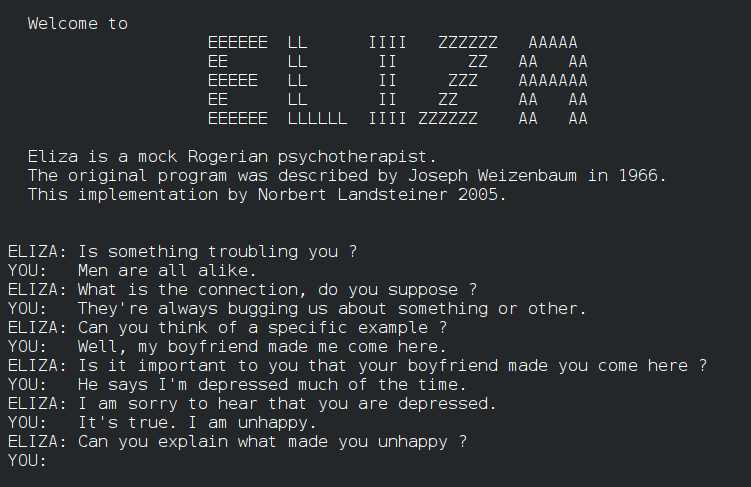
The Programming Era: The Art of Conversation Design, from ELIZA to Alexa
(in Post45)
From the start, the problems posed by conversational AI were understood as both technical and artistic. Today, artists are being hired to build conversational interfaces and to shape the personalities of virtual agents. This essay analyzes the work that “conversation designers” do and re-reads ELIZA, the world’s first chatbot, through the eyes of the artists among them.
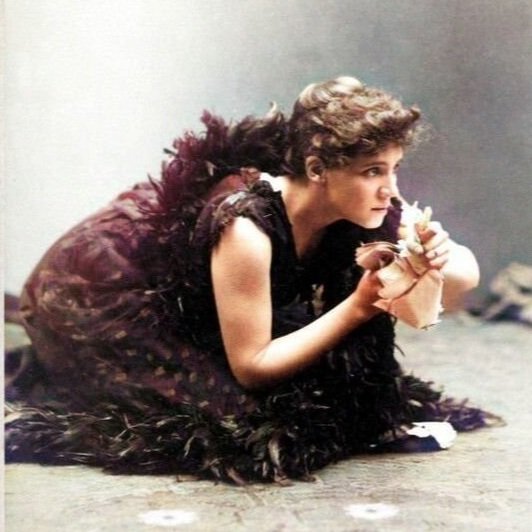
“A Terrible Art of Sharpshooting at the Audience”: Teaching the Shock of Modernist Drama via the Play of Ideas
(in Modern Drama)
One of the hardest things to convey to present-day readers of modernist drama is the power it had to shock turn-of-the-century audiences. And yet we cannot simply cast ourselves as the world-weary counterparts to the naïfs and prudes of fin-de-siècle Europe, because historical time is more syncopated than that. In this essay, I share some strategies for sharpening the sting of modernist drama—but also for highlighting its internal complexity. I then advocate for putting this “terrible art” in its place, as just one strategy theatermakers have used to challenge our thinking about the world.

The Deep, Dark Play of the US Capitol Riots
(in Performance Research)
The weird co-existence of violence and silliness in the Capitol Riots led commentators to declare them “surreal,” or else to posit the simple theory that the rioters’ playfulness was “camouflage” or “cover” for their true intentions: to commit acts of white supremacist violence. A close performance-minded reading of video footage from the riots tells a different, more complicated story. To lay the foundations for telling such a story, this article re-reads canonical play theories (Geertz’s “deep play,” Schechner’s “dark play”) and builds new theories of political play on the ideas and practices of the contemporary Trumpist right.

The Artist Is President: "Performance Art" and Other Keywords in the Age of Donald Trump
(in Critical Inquiry)
Throughout the 2016 US presidential election, pundits repeatedly described Donald Trump as a performance artist and his campaign as performance art. Meanwhile, his alt-right supporters were mounting performance art shows, debating the meaning of Marina Abramović’s work, and developing their own theories of political performance. For experts in performance theory, such punditry and provocation is like the image in a funhouse mirror. It’s hard to make sense of such bizarre, distorted images—let alone to recognize ourselves in them. This article insists that, nonetheless, we should try.
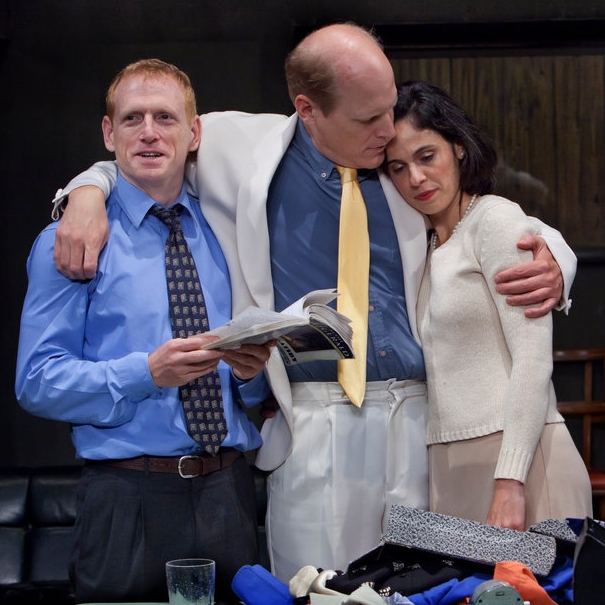
On Book: The Performance of Reading
(in New Literary History, December 2016)
Reading, observes Leah Price, is an “activity against which the social defines itself.” How odd, then, that during the last half-century public reading has proliferated so wildly. These "bookish performances" (literary readings, readers theater, and found-text performance of every variety) share one goal: not to dramatize literature, but to theatricalize the (inward) experience of reading. As such, they offer an archive of our reading: its phenomenology, its ideology, and its sheer, idiosyncratic variety.
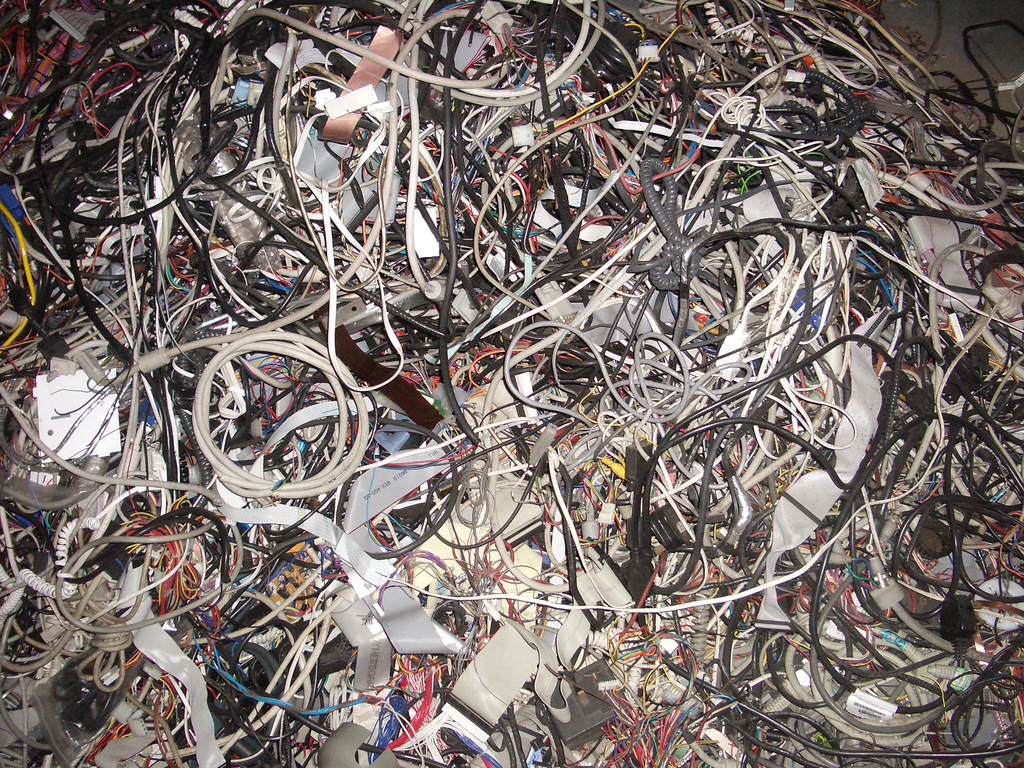
A Constellation of Imagined Theatres: Technology and Performance
(contributor to a multi-authored article, edited by Daniel Sack)
(in Theatre Journal, September 2016)
"The interiority of actors has always been produced this way: as a collaboration among performers, audiences, and things, by a collusion of techniques and technologies."
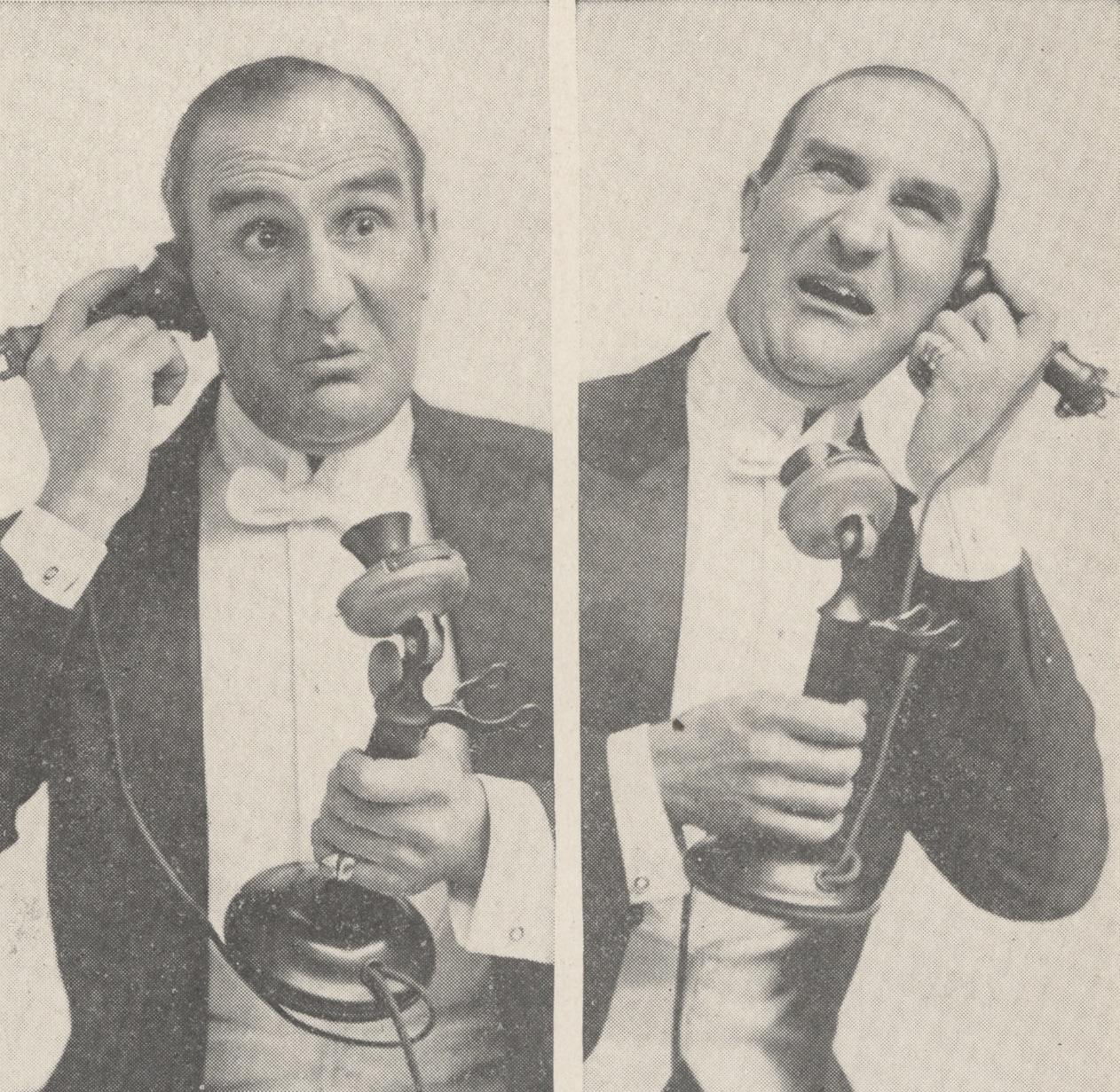
Why It's 'Easier to Act with a Telephone than a Man'
Film and theater critics of the early 20th century came to rather strange consensus. As George Jean Nathan put it in 1928, there wasn't an actor alive "who didn't seem completely convincing in a telephone scene." But why? This essay explores the history of the stage telephone in order to explain how the "telephone scene" became a trial (and a showcase) for quality realist acting.
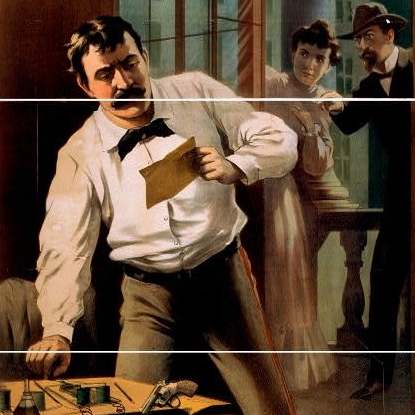
Every Nerve Keyed Up: 'Telegraph Plays' and Networked Performance, 1850-1900
This essay tells the stage history of the telegraph machine. Structured around a deep analysis of William Gillette's Secret Service, it also surveys a wide range of American, British and French telegraph plays. Telegraphy, I argue, transformed 19th-century dramaturgy and acting, turning them realist and proleptically modern. At the same time, these plays (alongside extra-theatrical telegraph "performances" like technical demonstrations and early baseball broadcasts) reveal a new, emerging sense of the human, the global, and the live.
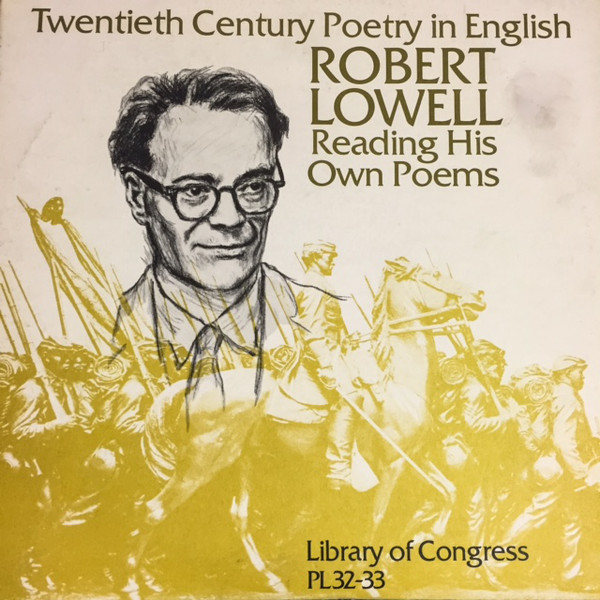
The Breath of the Poem: Confessional Print/Performance circa 1959
Starting in the mid-1950s, American poetry lived not only in print, but also (and equally) on vinyl and in live performance. Amid this unprecedented publicity, an oddly private genre emerged: confessional poetry. This was no coincidence. Confessional poetry, I argue, was from the start a performance genre, infused with the breath of embodied orality.

Love and Loneliness: Secular Morality in the Plays of Conor McPherson
(excerpted in Norton's Modern and Contemporary Irish Drama)
Some early critics were aghast at Conor McPherson's plays, which they took to be amoral explorations (even immoral celebrations) of Irish "lad culture." In this essay, I explore McPherson's oeuvre and reveal that, in fact, these plays are obsessed with forging a new morality: something separate from the political and religious creeds that had hitherto guided Irish life.









